Regardless of whether we like it or not, life is changing fast. I strongly believe that the millennial generation is going to change the world in ways we cannot even imagine right now. People’s priorities are changing and likewise the way we live is changing. Today, people prefer less costly houses or are living in apartments, and of course, they demand their homes be equipped with high-tech gadgets and appliances and have attractive interiors. It has become essential in households nowadays to have flooring that makes homes cozier and more comfortable.
Choosing the right floor is one of the most important parts of remodeling your house or apartment, and if you choose the wrong one, you will be stuck repairing or replacing it way too often. Floor covering can deteriorate at its corners, get scratched and collect dust, make a creaking sound, fade in color, etc. While we have discussed in previous articles some of the factors to consider when choosing a flooring product, one important factor remains to be addressed. It is about choosing an easily removable flooring; so, in this section, we will review how to remove traditional vinyl flooring and SPC core flooring.
How to remove vinyl flooring that is glued down?
If you have the right tools, removing vinyl flooring that has been glued down can be a time-consuming but not insurmountable task, so let’s review the tools you might need to remove glue down vinyl flooring.
- Work Gloves
- Pinch Bar
- Trim Puller
- Utility Knife
- Snips
- Scraper
- Heavy duty floor scraper
- Heat gun or a hair dryer
- Vacuum cleaner
Before you do anything, assess the old flooring, and try to determine what its ingredients are. Professionals say that testing for asbestos is never a bad idea.
What is an Asbestos test?
An Asbestos test is a process that determines the presence of asbestos in a substance. It can be performed by using several different methods, including the following:
-Visual inspection – this is the most common method of testing for asbestos, but it is not very accurate. It can only detect high levels of asbestos and cannot determine whether there are small amounts in your sample.
-Asbestos lab analysis – this method uses chemical tests to detect asbestos. It is more accurate than a visual inspection, but it is also more expensive.
-Asbestos home test kit – these kits are available online and at some hardware stores, but most of them do not include any instructions on how to use them properly or how to interpret the results properly. If you do use one of these kits, make sure that you purchase the one with instruction, and follow the instructions carefully, so that you get accurate results from your test!
Let's begin the process of removing the old glue down vinyl plank flooring (LVT).
After the area is cleared, the first step is to remove the baseboards and trim. You can use a trim puller, pinch bar, and hammer to remove baseboards and molding without damaging them. The next step is to use a utility knife to cut the vinyl flooring. Cut from the center of the room at 10-inch to 14-inch intervals. This will help you roll up and remove the old flooring with ease. The use of the 3-5 inch scraper is essential when removing glued down sections. Use a heavy-duty floor scraper to chip away any remaining vinyl flooring and glue from the plywood; there will always be some parts of the vinyl and glue that remain on the plywood. You can use a heat gun or hair dryer to remove any inflexible residue. This step can be time consuming and even frustrating. At the end of a job, you should use a vacuum cleaner to clean off the floor and prepare for the installation of new flooring.
How to remove or repair click lock SPC core Luxury Vinyl Plank Flooring
Tools you need:
- Work Gloves
- Black Marker
- Carpenter’s Square
- Small Chisel
- Utility Knife
- Jig Saw
Removing or repairing click lock SPC core luxury vinyl plank is very easy. If you are going to remove all the old planks, the first step is to remove the base board and trim. The second step is to pull out one of the planks from the corners and then take all the planks out one by one.
To repair a plank in the middle of the room, use your carpenter’s square to draw down the center line and then all 45-degree angles from each corner of the plank to the center line. Use your Jig Saw to cut along the lines, adjusting its depth to protect the subfloor. Begin by removing the two center sections with a small chisel. Then remove the two smaller parts.
Conclusion!
There are many different types of vinyl flooring materials. Depending on which one is in your home, it may present a slight problem for removal. Do not attempt to remove the material unless you know it can be done safely. If removing flooring yourself, you should remove it slowly and carefully. Move all furniture items away from the flooring and cover them with drop cloths to prevent any messes. Plan on approximately half a day to remove glue down vinyl flooring from one room, but take your time in case you run into any problems along the way. Although removing SPC Core Luxury Vinyl Plank (LVP) flooring is easier than removing glue down vinyl flooring, always wear gloves and follow safety instructions when performing this task.
SPC core luxury vinyl plank (LVP) flooring is a popular choice among professionals for its durability, stunning appearance, and affordability. It is also easy to install and remove. GIT’s SPC core flooring continues to be chosen for flooring replacement by both businesses and homeowners. It has an average rating of 5 stars on Google at this time with a favorable customer satisfaction rate among those who were willing to review the product.
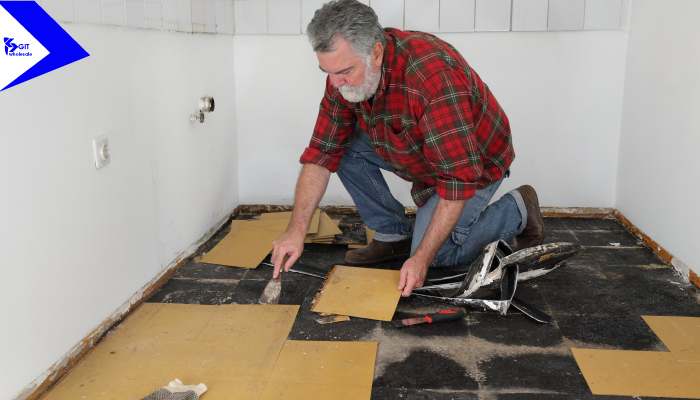
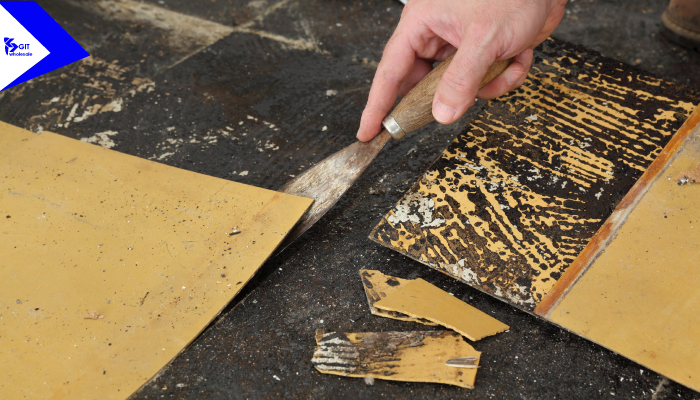
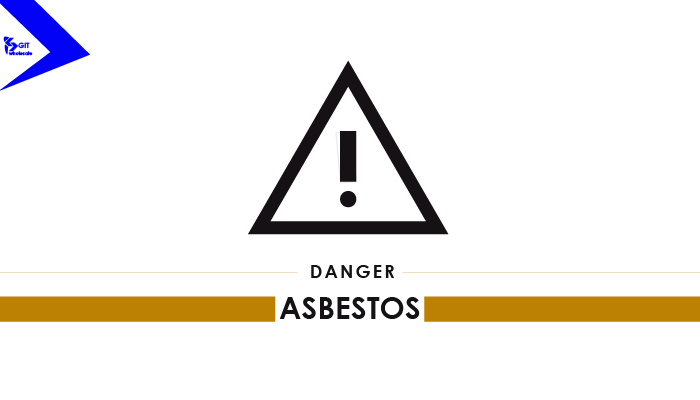
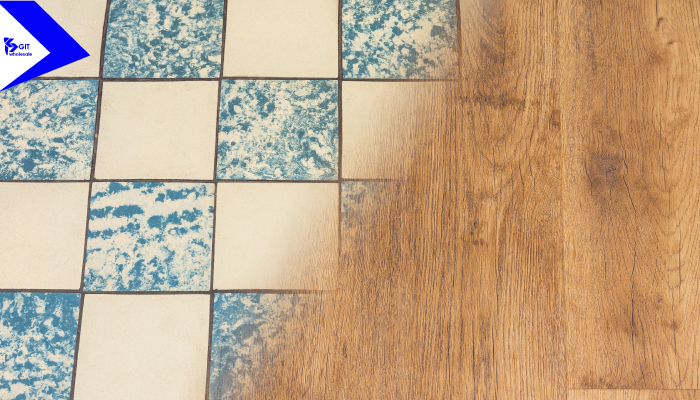





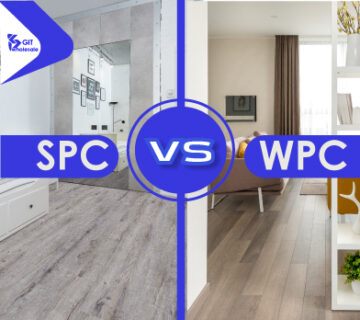

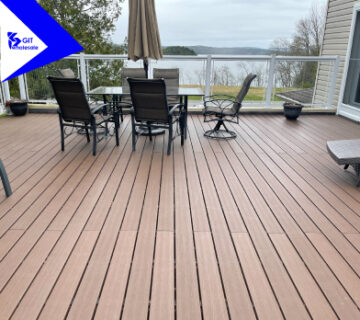



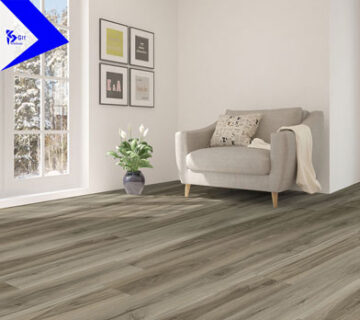

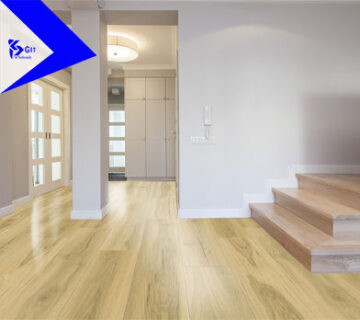




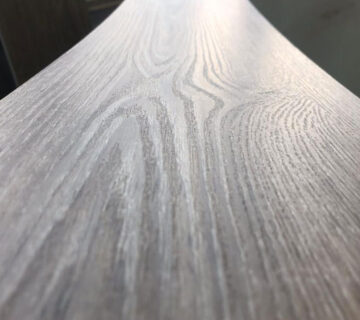
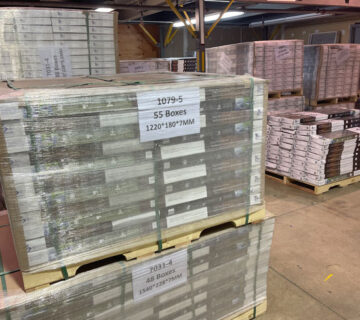
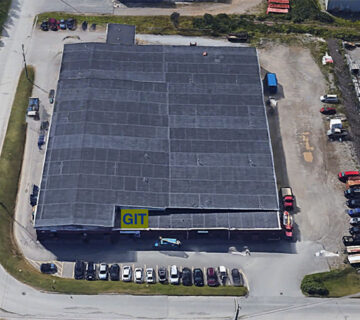
No comment